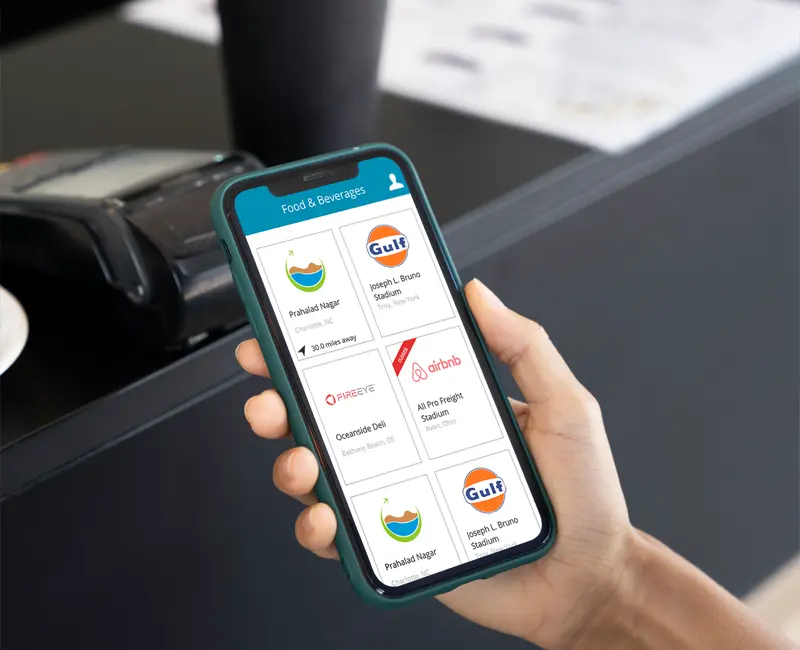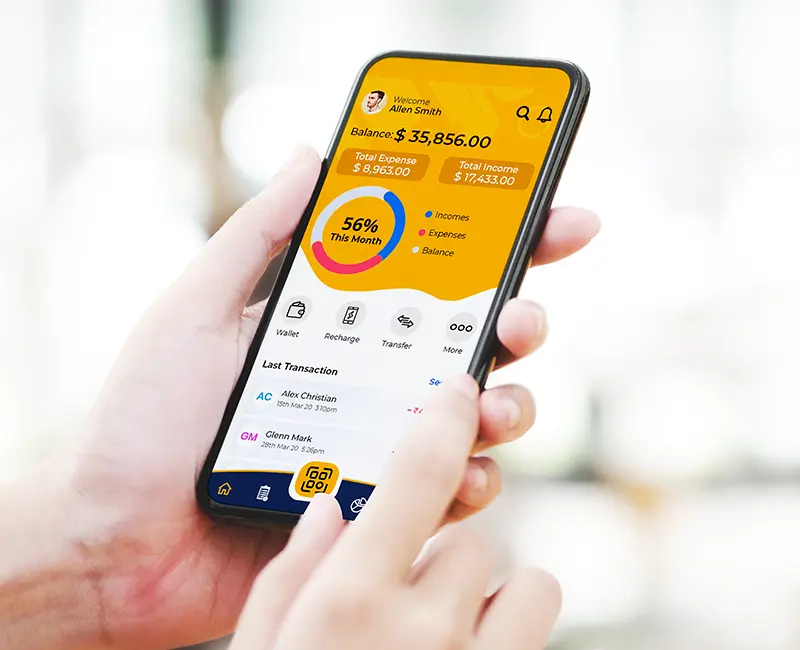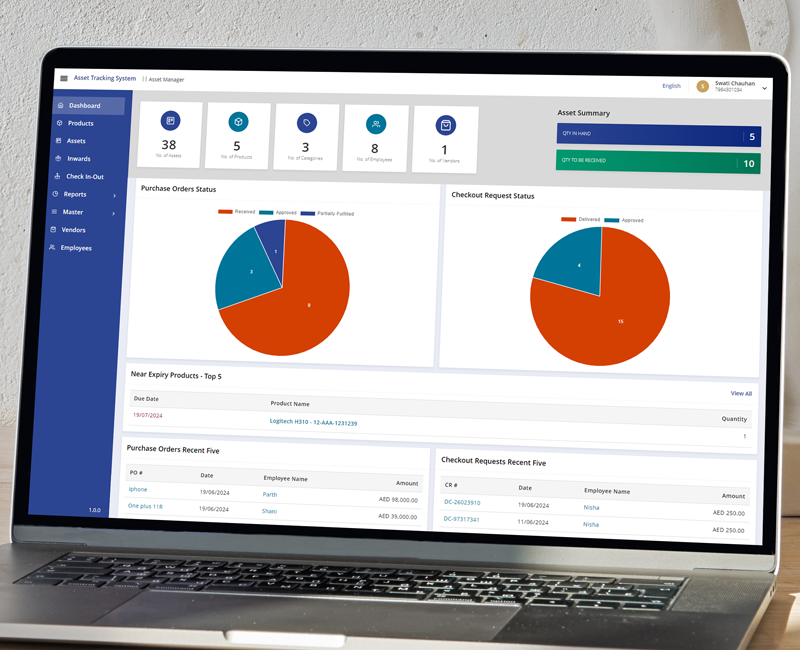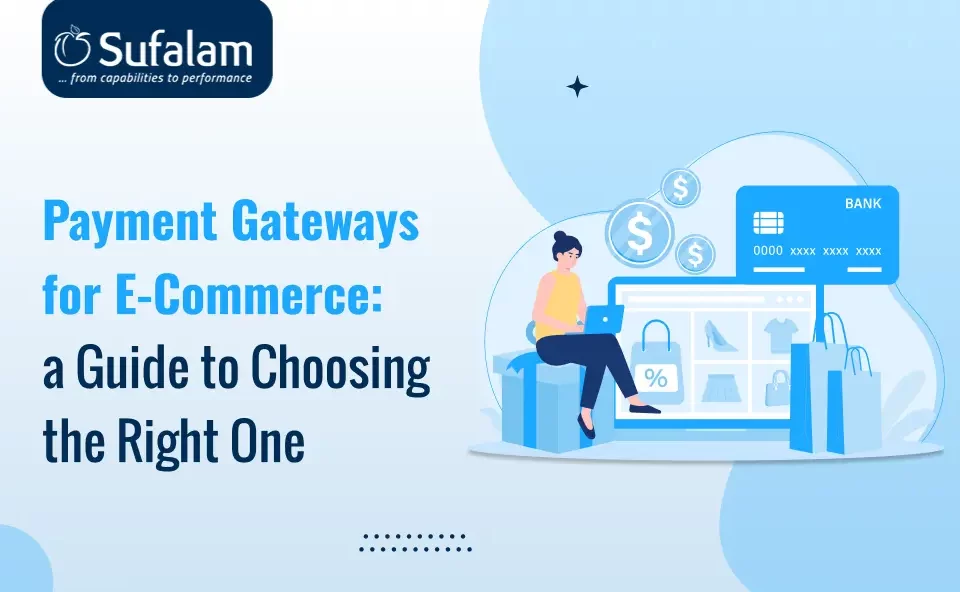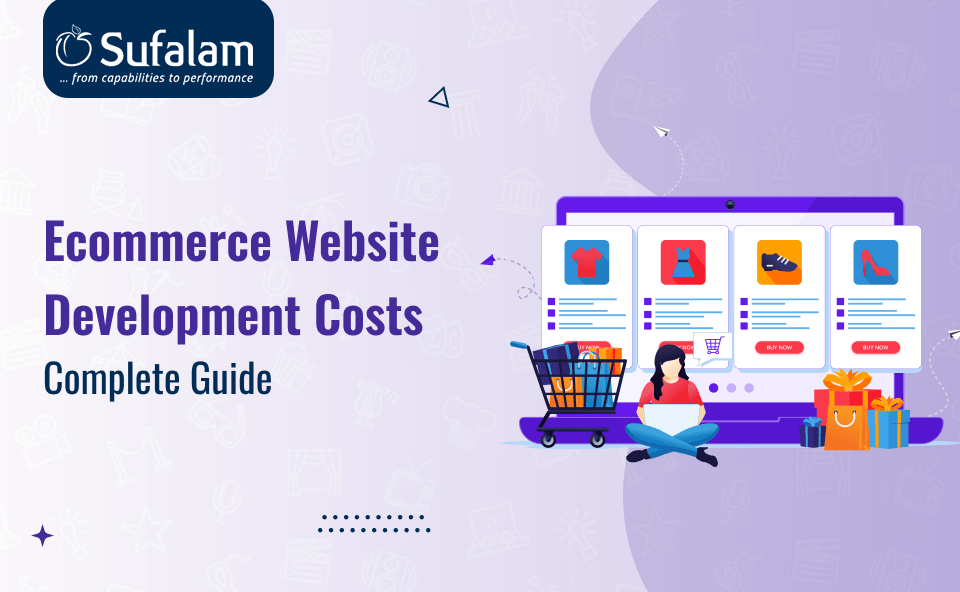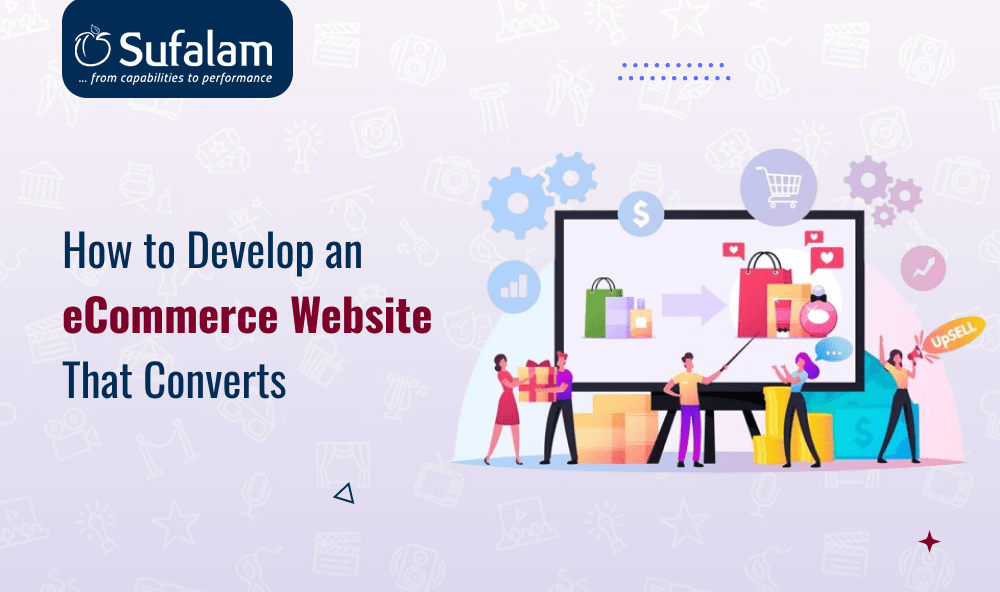
Everything is online now. Whether you want to connect with your friends, go shopping, play games, book a taxi, or order food. In this digital world, where customers are always online and spending money on different things, eCommerce is booming.
43% of consumers currently use social media and the internet to research products before making a purchase, and by 2024, e-commerce sales in the United States alone will reach $476 billion. If these figures are correct, then this is also true: Every successful online business begins and ends with a fantastic website.
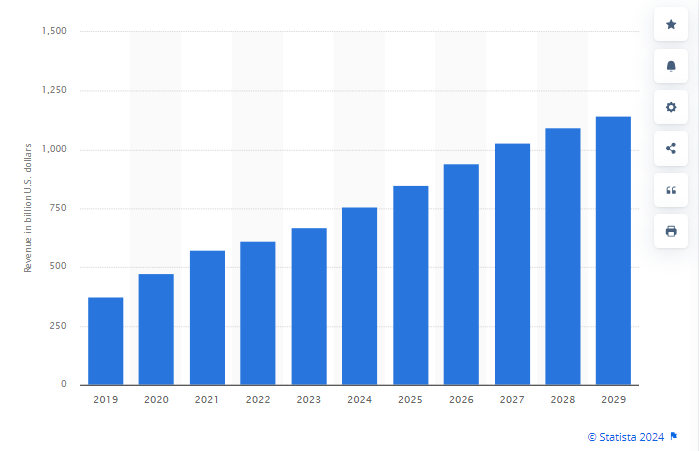
Source: Statista
Therefore, you need to have a user-friendly, visually appealing, and functional website in order to launch and expand your eCommerce business. Ultimately, your first sale won't happen on its own—online shopping is a standard and frequent occurrence for the majority of product categories.
Developing an ecommerce website is now easier and more intuitive than ever before thanks to the tools available on the market. If you are willing to get started, then this is the only you need to keep your eCommerce business up and running. So, let's get started.
Why Should Businesses Build eCommerce Website?
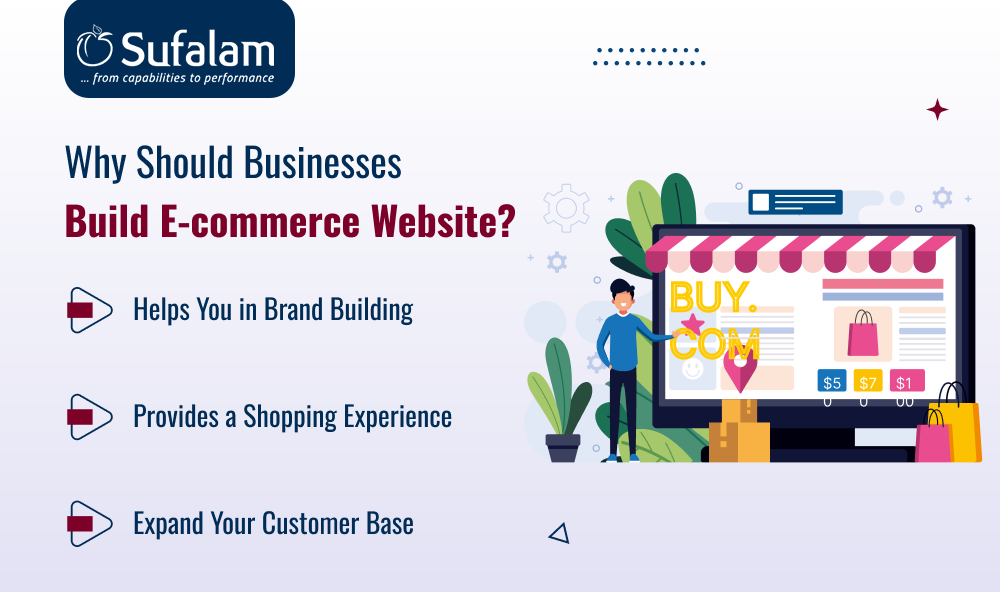
There are so many good reasons to start an e-commerce business, even though it is evident that the growth of e-commerce has numerous positive effects on a company's bottom line. Businesses have many chances to establish relationships that push expansion when they have an online presence.
-
Helps you in brand building & customer recognition
When you sell on an online marketplace such as eBay or Amazon, the listings for your products are generic and frequently feature the branding of the marketplace.
Some clients might not even be aware that they are making purchases from you, which means they won't be introduced to your brand. Building eCommerce website from scratch gives you control over how your products are provided. It's you that your clients recall, not the store.
-
Provides a one-of-a-kind shopping experience!
By using videos, stories, and individualized services to create a distinctive shopping experience, online businesses can also have a direct impact on the customer journey. These shopping experiences don't have to stop at the register either because you can connect with customers through social media and email marketing. These exceptional experiences have a way of compelling customers that online shopping provides inclusive opportunities that traditional brick-and-mortar stores do not.
-
Expand your customer base
It can be challenging for many firms, particularly startups and small enterprises, to reach clients in new markets with only a storefront. But, when you have a full-fledged eCommerce store and a solid brand, it boosts your visibility and helps you expand your customer base(across the globe), which may not be possible with a traditional brick-and-mortar store.
6 Steps to Design and Develop an E-commerce Website
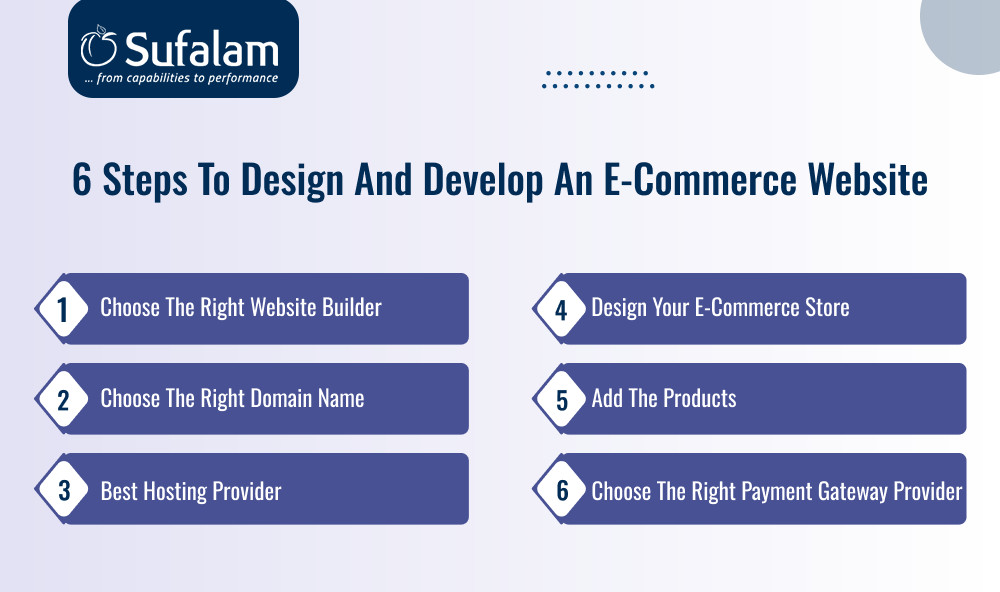
Step 1: Choose the right Website Builder
An e-commerce account is required prior to the creation of an e-commerce website. This is a critical step to creating an ecommerce website in which you make numerous important decisions. You must select a trustworthy website builder, pick a domain name, and set up an account.
E-commerce sellers frequently make the mistake of rushing through these seemingly small decisions. Don't become one of them. Take your time, consider the advantages and disadvantages of every website builder, and then make the right decision. Some popular website builders include WooCommerce by WordPress, Shopify, Wix, and Squarespace.
If you aren't able to decide on the right eCommerce builder for your business, you can read the reviews and even consult with a leading eCommerce website development company.
Step 2: Choose the right domain name
If you already own a domain name, you can transfer it to your online store builder. If you don't already have one, make sure it complies with the following recommended practices.
- Avoid using creative spellings: A domain name should be simple to type and remember, stay away from fancy spellings. It needn't be perfect on a spelling test—google wasn't even a word until Google invented it—but it should be simple to spell and remember. Avoid using hyphens and numbers because they make it difficult for people to share the website address.
- Avoid generic names: There are two issues with generic names: either consumers will forget the name or they will choose a business with a similar name that ranks higher in search engine results pages (SERPs). Make sure your domain name is distinctive to ensure that it is memorable and brandable.
- Shorter is preferable: To make your domain name easier for your customer to remember, try to keep it between six and fourteen characters long. Shorter names are also easier to use in marketing, resulting in more customers, even if they find you via a search engine.
Step 3: Partner with the best hosting provider & right hosting type for your eCommerce business
One of the few prerequisites for getting a business online is web hosting. It saves the files from the eCommerce store and makes them accessible to users. Finding a trustworthy hosting company, though, could be difficult given the abundance of them.
When choosing a web hosting provider, take into account the following factors:
- Best uptime assurance. Select a web host that provides a minimum of 99.9% uptime guarantee.
- Speed and efficiency. Choose a web host with a server response time (SRT) of less than 200 ms for best results. Investigate its data centers and support for CDN integration as well.
- Storage and Bandwidth. Sufficient storage is essential for an e-commerce website to store its content. Make an informed decision about your needs and select a hosting plan with adequate storage.
- Security. Select a web host that offers robust security. Look for features like access management, SSL certificates, multilayered firewalls, automated backups, and easy restore.
- Client assistance. For eCommerce stores, a reliable web host offers support and customer care around the clock.
Once you've found the ideal web host for your eCommerce project, it's time to select a hosting type and plan. The 3 most popular hosting types are shared VPS and cloud hosting.
- Shared hosting. For beginner eCommerce sellers, shared hosting is ideal because of its low cost and ease of use.
- VPS web hosting. It is ideal for tech-savvy business owners who require the highest level of flexibility for their online stores.
- Cloud hosting. eCommerce websites with a lot of traffic can select cloud hosting.
After deciding on a hosting type, begin selecting the ideal web hosting plan for your eCommerce site.
Step 4: Design your eCommerce Store
Once you've signed up for a website builder, you should select a template that reflects how you want your e-commerce presence to appear. Website builders tend to categorize them, making it easy to see what would work best for you, with options for all types of businesses to get started.
Although you could use the template exactly as it is, it's a good idea to make some changes to suit your preferences. More significantly, you'll need to add images of your products and enter important details like the names of the categories you wish to highlight. This step to create an eCommerce website takes the most time, but it's crucial since it determines how visitors will perceive your website.
Consider how you want the website to look as you go along, and don’t make it look cluttered. You can also build an eCommerce website from scratch, as it is more customized and adaptable to your business needs and target audience. For eCommerce development from scratch, it is recommended to hire dedicated developers who can understand your needs and offer solutions accordingly.
Step 5: Add the products
After you've designed your eCommerce website, it's time to add products.
Consider incorporating the following into your product listings:
- Product images: You can take great product photos from multiple angles and show your products in use if possible.
- Product descriptions: To help customers understand what they're buying, include information about each product you sell, such as its dimensions, weight, and material.
- Product options: Variables include things like color and size. For products that come in various sizes and colors, the majority of e-commerce platforms allow you to create multiple variables.
- Product SKUs: Ensure that you have your internal SKUs (stock-keeping units) available. You'll be able to manage your inventory better with this.
- Product pricing: A lot of e-commerce platforms let you combine sale and discount pricing with a variety of single-item and group pricing choices.
- Inventory: Enter the quantity of each item in stock. Certain e-commerce platforms keep track of your inventory as items are sold and notify customers when there are any shortages or excess stock.
Step 6: Choose the right payment gateway provider
Whether your e-commerce store uses a website builder or a web design agency, you will need to select an online payment gateway provider. These providers are required to accept online payments, so you need to choose the right one. Remember that even though a lot of website builders integrate with the top online payment gateway providers, using those providers comes with a cost.
You may have to pay a transaction fee of up to 2% when using Shopify development, for example. Even though 2% may not seem like much, it adds up over time.
Conversely, if your business collaborates with an eCommerce website development company to create a custom website (instead of utilizing another e-commerce platform integration), you will still need to integrate the third-party payment service provider.
So, make sure you research well and find the best payment service provider for your eCommerce website.
To Conclude
In conclusion, eCommerce website development is a comprehensive process that blends strategy, technology, and creativity. Starting from selecting the right platform and domain name, to designing your store, adding products, and implementing security measures, each step plays a crucial role in creating a successful online business.
Remember, the key to a thriving eCommerce store lies in understanding your audience, offering them value through your products or services, and continuously optimizing your operations and marketing strategies.
While you can make your eCommerce store and get your business running, still partner with the best eCommerce development company, who can understand your requirements and leverage their skills & expertise to provide solutions that are intuitive and adaptable as per your audience requirements.
Frequently Asked Questions
Can I build an eCommerce store website myself?
Yes, many eCommerce platforms offer user-friendly design tools that allow individuals without coding skills to build and launch their own stores. However, for more complex customizations or if you’re seeking a professional look from the start, it is recommended to go for a professional eCommerce development company.
How much does it take to build an eCommerce website?
A basic store using platforms like Shopify or WooCommerce could potentially be up and running in 2 to 4 weeks. However, a custom, feature-rich store designed from scratch or requiring extensive customization could take around 3 to 6 months.




